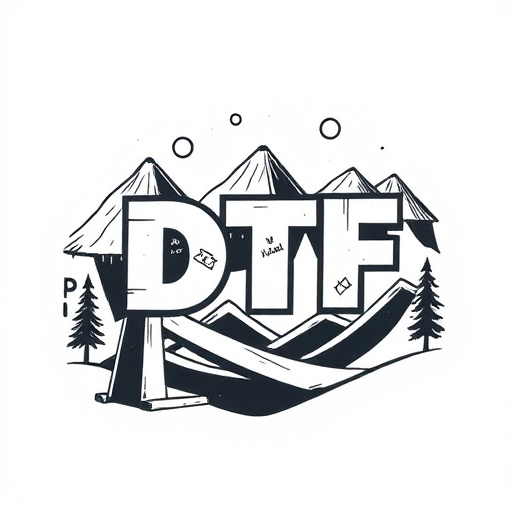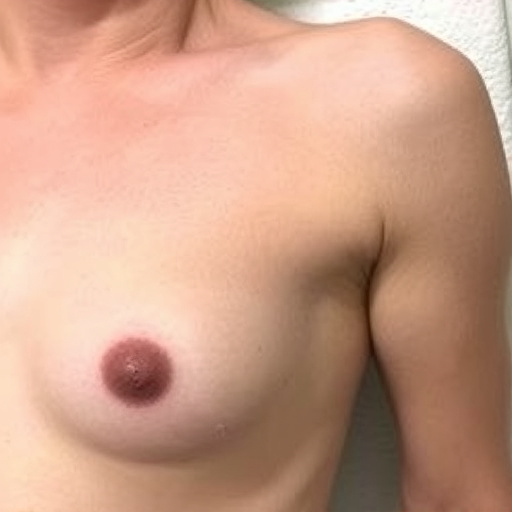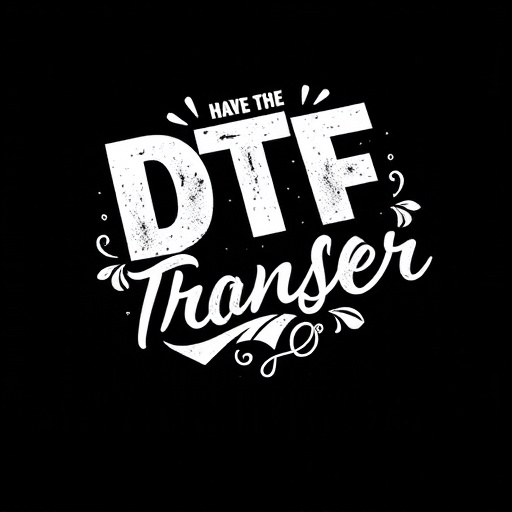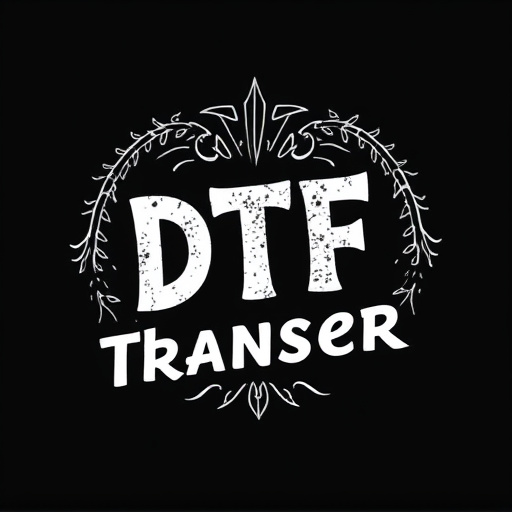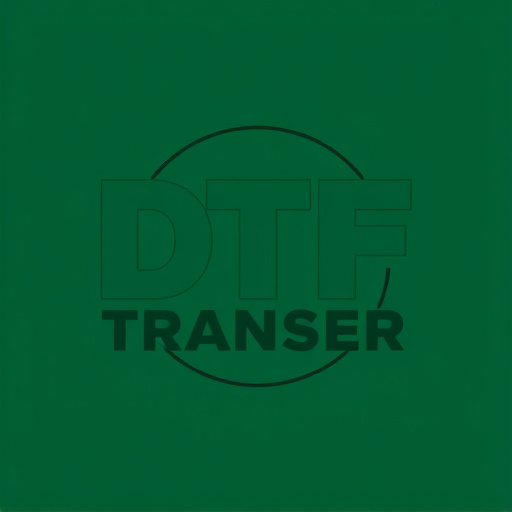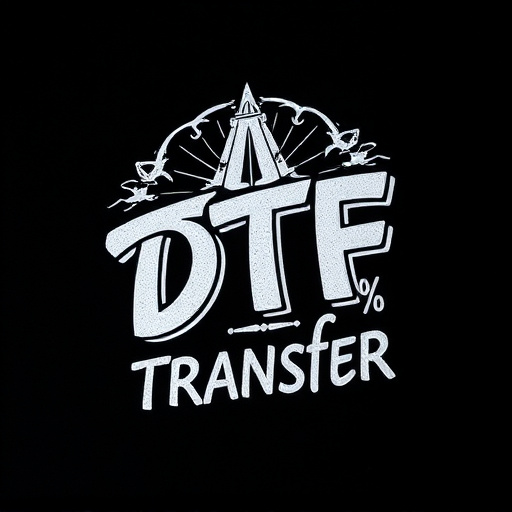DTF Printing (Direct-to-Fabric) is a revolutionary technique for vibrant fabric decoration on dark materials. It directly applies intricate, detailed designs without intermediate layers, preserving the fabric's texture and enhancing its aesthetic appeal. Using specialized inks with intense colors and fast drying times, DTF Printing offers durable, visually stunning transfers that withstand repeated washings. This method streamlines production and opens creative design possibilities, transforming the textile industry.
“Unleashing creativity on dark fabrics, DTF (Direct to Fabric) Printing stands out as a game-changer. This innovative technique allows for vibrant transfers that transform dark surfaces into eye-catching canvases. In this article, we explore the world of DTF Printing, from understanding its unique process to selecting the perfect ink colors and application methods. Delve into the appeal of dark fabrics, their specific ink requirements, and how to achieve long-lasting results. Discover industry applications and glimpse into future trends that are revolutionizing fabric decoration.”
- Understanding DTF Printing: A Unique Approach to Fabric Decoration
- The Appeal of Dark Fabrics and Why They Need Specific Inks
- Characteristics of Vibrant Transfers for Dark Surfaces
- Choosing the Right Ink Colors for Maximum Impact
- Application Techniques to Ensure Long-Lasting Results
- Industry Applications and Future Trends in DTF Printing
Understanding DTF Printing: A Unique Approach to Fabric Decoration

DTF (Direct to Fabric) Printing is a cutting-edge technique revolutionizing fabric decoration, offering a unique approach to creating vibrant designs on various materials, especially dark-colored fabrics. Unlike traditional printing methods, DTF eliminates the need for intermediate layers, allowing designers and manufacturers to achieve remarkable color vibrancy and opacity directly onto the fabric surface.
This innovative process involves specialized ink that adheres exclusively to the top coat of the fabric, ensuring the original material’s texture remains intact. By precisely controlling the print head and ink composition, DTF enables the production of intricate patterns and images with exceptional detail. This technique is particularly advantageous for creating eye-catching transfers on dark fabrics, where contrasting colors can make the design pop, enhancing the overall aesthetic appeal.
The Appeal of Dark Fabrics and Why They Need Specific Inks
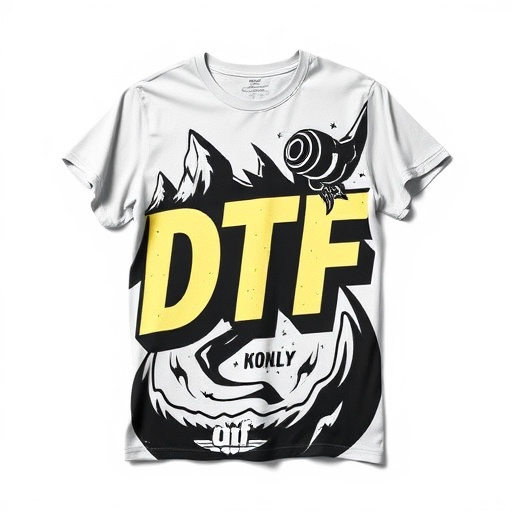
Dark fabrics have long been a staple in fashion, offering a rich and sophisticated aesthetic that light colors simply cannot match. Their depth and intensity create a visually appealing contrast, making them popular choices for everything from formal wear to outdoor gear. However, printing on dark materials presents unique challenges that require specialized techniques and inks.
DTF (Direct-to-Fabric) Printing, in particular, has gained traction as an innovative solution. This method allows for vibrant and long-lasting transfers onto dark fabrics. The key lies in using inks designed specifically for these surfaces, which are capable of producing intense colors while also ensuring fast drying times and durability. With DTF Printing, designers can create eye-catching designs that not only stand out but also maintain their quality even after repeated washings.
Characteristics of Vibrant Transfers for Dark Surfaces
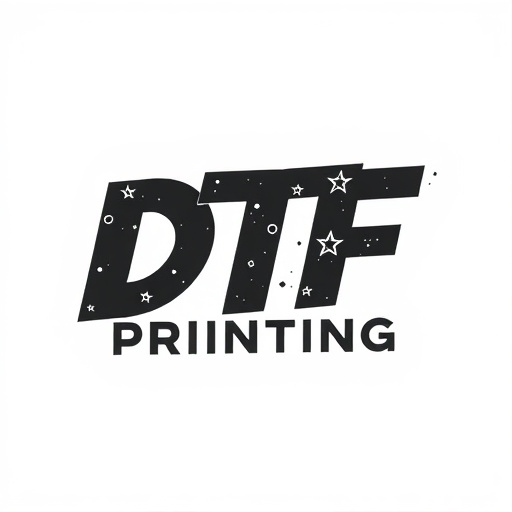
Vibrant transfers designed for dark-colored fabrics have unique characteristics that set them apart from their lighter counterparts. One of the key considerations is color saturation and brightness. Since darker surfaces tend to absorb more light, transfers need to be formulated with highly intense pigments to ensure the colors pop and don’t get lost in the fabric’s hue. This often involves using vibrant, vivid shades that are specifically tailored for optimal visibility on dark backgrounds.
Additionally, the transfer process itself plays a crucial role in achieving a visually appealing result. Techniques like DTF (Direct-to-Fabric) Printing have revolutionized the way designers approach printing on dark fabrics. DTF Printing allows for precise application of inks directly onto the fabric’s surface, minimizing waste and ensuring sharp, detailed transfers. This method is particularly effective for complex designs with fine lines and intricate details, which can otherwise be challenging to reproduce accurately on darker materials.
Choosing the Right Ink Colors for Maximum Impact
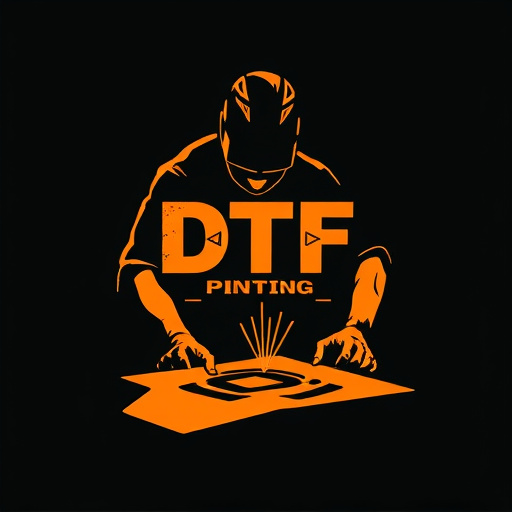
When designing transfers for dark fabrics using DTF (Direct-to-Fabric) Printing, selecting the appropriate ink colors is key to achieving vibrant and eye-catching results. Opting for high-quality, vivid inks that are specifically formulated for dark surfaces will ensure your designs pop. Avoid muted or desaturated shades as they may blend into the fabric’s color, negating the desired impact.
Consider complementary ink colors that enhance each other against the darkness. For instance, using light neon hues or bold, rich tones can create a striking contrast, making your prints stand out. Testing different combinations on samples of your chosen dark fabric in advance will help you refine your palette and predict how the final transfer will appear, guaranteeing maximum visual appeal.
Application Techniques to Ensure Long-Lasting Results
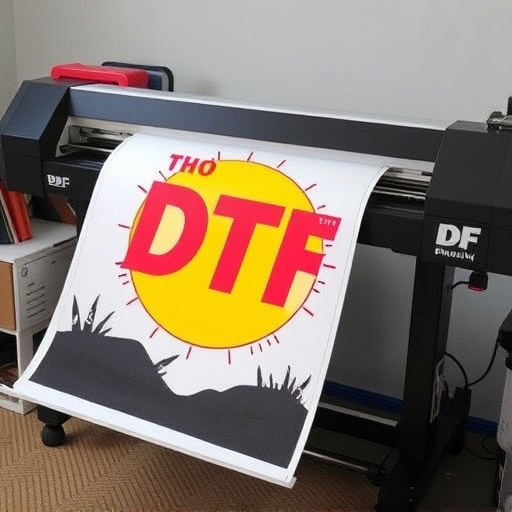
When applying transfers designed for dark fabrics, mastering application techniques is key to achieving vibrant, long-lasting results with DTF (Direct-To-Fabric) Printing. One effective method involves using a squeegee for precise and even pressure distribution during transfer. This ensures that the ink makes complete contact with the fabric, resulting in rich colors and crisp details.
Additionally, pre-treating the dark fabric with a suitable release agent can significantly enhance adhesion. These agents create a temporary barrier between the ink and the fabric, allowing for easier application while guaranteeing that the design sticks securely in the long term. Post-application heat treatment also plays a crucial role, setting the ink and fusing it into the fabric fibers for enhanced durability.
Industry Applications and Future Trends in DTF Printing
